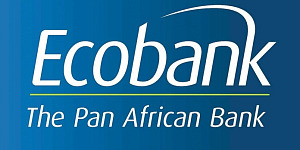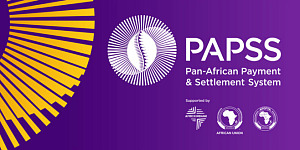 The worsening of South Africa’s Current Account Deficit, down from -3.4% in 2011 to -6.3% in 2012, in addition to the shaky Nigerian and Angolan Current Account Surpluses, increasingly worries economists and 2013 hasn’t brought any fundamental change to the overall picture.
The worsening of South Africa’s Current Account Deficit, down from -3.4% in 2011 to -6.3% in 2012, in addition to the shaky Nigerian and Angolan Current Account Surpluses, increasingly worries economists and 2013 hasn’t brought any fundamental change to the overall picture.
South Africa’s outlook is not looking good
The Current Account highlights the difference between a nation’s savings and its investments. It is thus a key indicator about the health of an economy. A Current Account Surplus (CAS) indicates that the nation is a net lender to the rest of the world, while a Current Account Deficit (CAD) indicates that it is a net borrower.
The worsening of South Africa’s CAD (-6.3% in 2012) over the past few years has raised concerns about the sustainability of the latter. The country’s external debt to GDP ratio, pretty stable (averaging around 30% between 2009 and 2011), jumped in 2012 (+37%) with external debt on an upward trend while the GDP continued on the downward trend that began in 2009. Dr. Azar Jammine, chief economist at Econometrix, goes further in his analysis and projects this downfall to continue through to 2014.
The mining industry (60% of the country’s exportation) remains under pressure with continuous strikes seriously affecting South Africa’s production outlook. Moreover, the difficulties to access remaining reserves will automatically lead to cost increases as more sophisticated machines will be needed and wages will have to increase to compensate additional risk taken by workers. Both elements combined, it is South Africa’s attractiveness and competiveness that is at stake.
South Africa has very few tools at its disposal to reduce its CAD.
Countries suffering from a large CAD that last a while are usually forced to devalue their currency in order to boost their exportations. Unfortunately for South Africa, this tool does not seem efficient enough. Indeed, South Africa weak Rand (10.14/$) not only doesn’t boost exportations, but it also pushes up an already high inflation rate (+6%). According to Mr. Coleman, Goldman Sachs’ head of South Africa, in order to finance the CAD, South Africa will have to significantly increase its Foreign Direct Investment from the current $2 billion a year to $5billion - $10billion a year. This target will hardly be reachable as it has happened only twice in the last two decades. Finally, South Africa must imperatively decrease its reliance on the mining industry and diversify its economy. Investment will therefore be required in sectors such as finance, industry and constructions…
Current Account Surplus… Yes, but for how long?
Countries such as Nigeria and Angola, with similar characteristics are also to be put in the spotlight. Indeed, both economies are highly oil dependent, with Crude Oil representing 95% of Angola’s commodity exportations (55% of its GDP), while Nigeria’s oiling sector represents 83% of its exportations. Both economies share common and robust trading partners (USA/ India) and therefore benefit from a positive CAS (9.6% for Angola 10.8% for Nigeria as of 2012). However, many analysts have forecasted a fall in oil price throughout 2014 which does not bode well for both economies. Indeed, as oil prices fall, the revenues from exportations will subsequently decrease impacting their CAS. A study published by JP Morgan shows that a permanent 20% decline in oil price will result in a reversal Current Account Balance (-6.8% for Angola and -3.8% for Nigeria).
Given the surge of oil theft in Nigeria generating massive losses (USD 6 billion per year) and the fall in oil prices, Nigeria and Angola’s Current Account Surplus will very likely diminish in the near future.








































